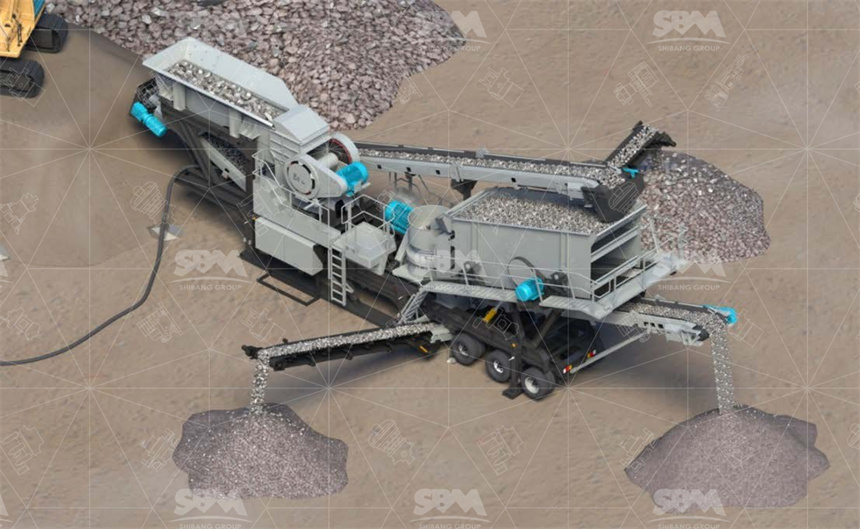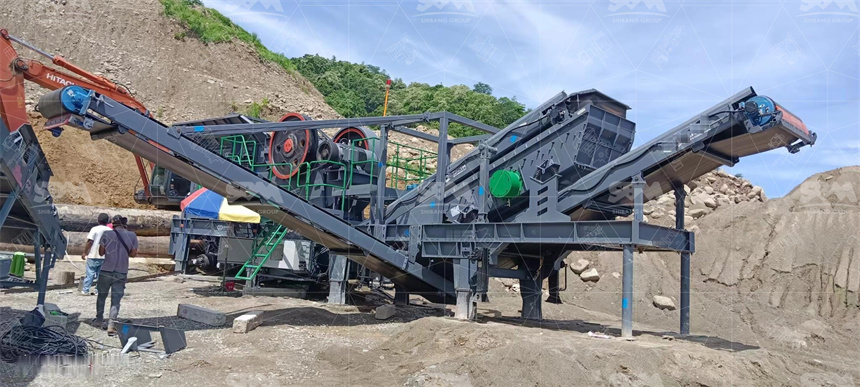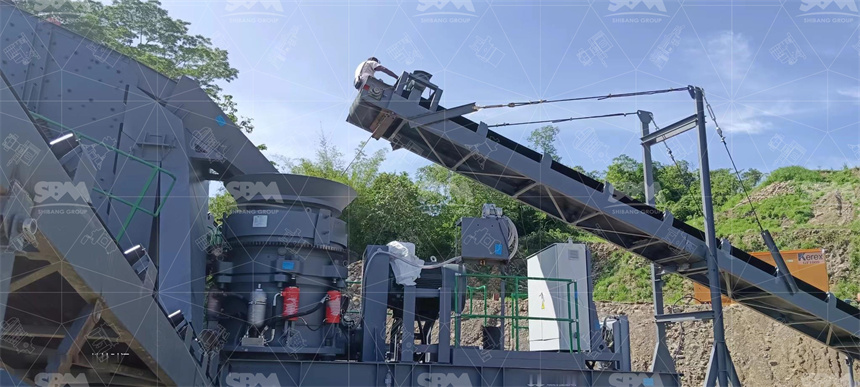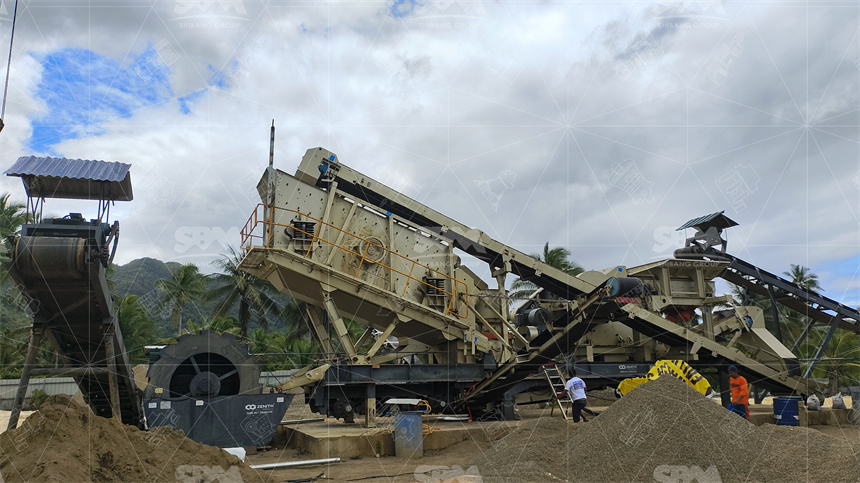Basalt is among the hardest volcanic stones, it shows high compressive resistance and strong durability. In Mexico basalt resources are spread widely across volcanic areas; this makes mobile crushing solutions essential for road base,, railway ballast asphalt mixtures and concrete aggregate supply. This article reviews a 200t/h mobile basalt crushing line in Mexico – covering project setting equipment layout,, working mechanism, technical data and real performance records. The focus is on offering reliable technical notes not marketing hype.

In Mexico’s central + northern volcanic belts huge basalt layers are available. A local construction group required a flexible plant to handle basalt lumps up to 600mm; and produce 0–5mm, 5–10mm 10–20mm 20–31.5mm fractions. The worksite climate is hot with rainy seasons,, soil unevenness and dust storms. So equipment had to offer good mobility steady capacity; and low-risk operation.
The 200t/h mobile line used below core units:
This scheme allowed complete crushing; sorting and circulation in a single closed-process loop. The crawler carrier gave strong move capability across rough field terrain

The jaw breaker applies compressive force to crack big basalt blocks. Its chamber design has deep cavity with CSS range 60–150mm adjustable by hydraulic wedge, Motor rating is 75–110 kW; ratio about 6–8:1. After coarse stage material goes to hydraulic cone crusher. The cone works by eccentric oscillation between mantle / concave. For basalt a medium-fine cavity CSS 25mm gives good result. Motor rating here 160–250kW. Vibrating screen separates product into precise sizes,
| Machine | Input Size (mm) | Throughput (t/h) | Power (kW) |
|---|---|---|---|
| Jaw Breaker | ≤600 | 120–200 | 110 |
| Hydraulic Cone Crusher | ≤300 | 100–250 | 220 |
| Vibrating Screen | ≤200 | 200 | 30 |
Total energy draw of line 350–400kWh per full-load hr,; frequency-controlled motors lower waste and smooth production.
The plant gives constant 200t/h output with uniform grain shape, Power use about 1.8kWh per ton. Breakdowns less than 2 cases per 1,000h operation. Service rules: jaw plates shift every 4 months cone liners each 6 months screen meshes each 3 months. Daily lubrication; and weekly check keeps downtime reduced

This mobile unit delivered aggregates for highway base-layers. Output was 200t/h; needle-flake content under 12%. Client noted 25% savings in haulage cost v/s fixed plant. Moving plant to new site took three days only,
A concrete supplier applied the plant to produce fine basalt sand. Adjusted CSS produced 0–5mm grading suitable for C50 grade concrete. Production cost cut by 18% against imported aggregate. Operators said vibration low dust less and stoppage rare,
The mobile line generated 31.5–50mm ballast stone. Quality met railway norms with good strength & size distribution. Wear on liners below expected extended life 15%. Engineers valued adaptability for diverse demand,

This mobile plant crushes basalt granite quartzite and andesite. In Mexico it supports road projects airports concrete supply and asphalt surfacing. Basalt aggregate delivers higher strength for structures. The plant keeps shape + grading stable; thus concrete bonding improved.
Selecting a mobile basalt plant means check feed size,, needed capacity mobility; and end-products. For 200t/h output, jaw crusher + hydraulic cone combo on crawler chassis gives best mix. Evidence proves this system cuts cost energy + downtime. Mexican case-results confirm reliability and flexibility under rough work. Contractors who want a durable efficient solution should rank this design first-choice.
Whatsapp:+8617329420102
Email: [email protected]
Address: No. 1688, Gaoke East Road, Pudong new district, Shanghai, China.
Online Service : Get Price
We value your feedback! Please complete the form below so that we can tailor our services to your specific needs.
